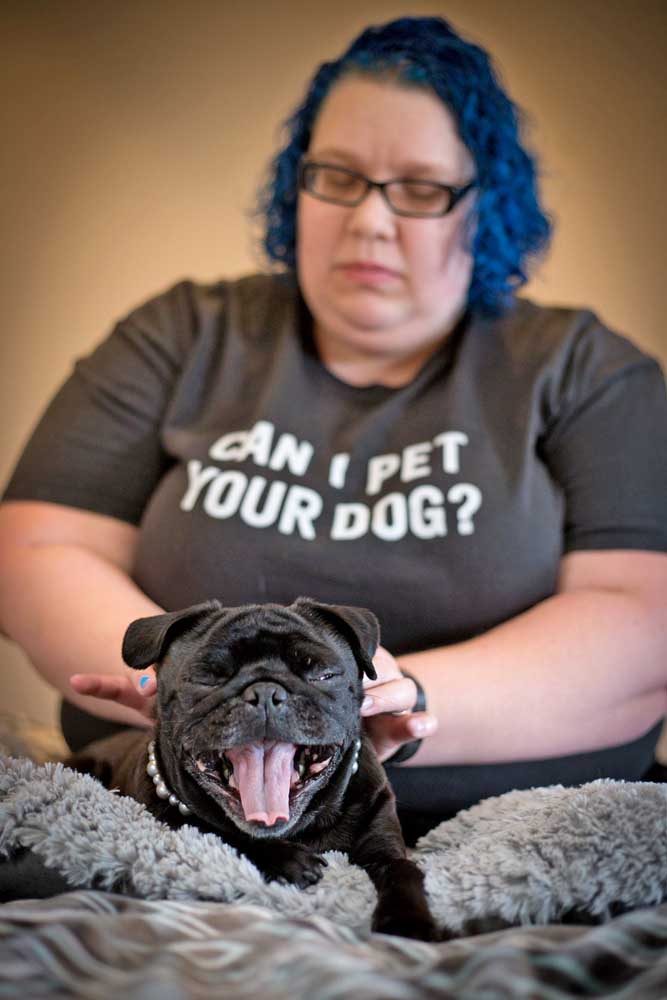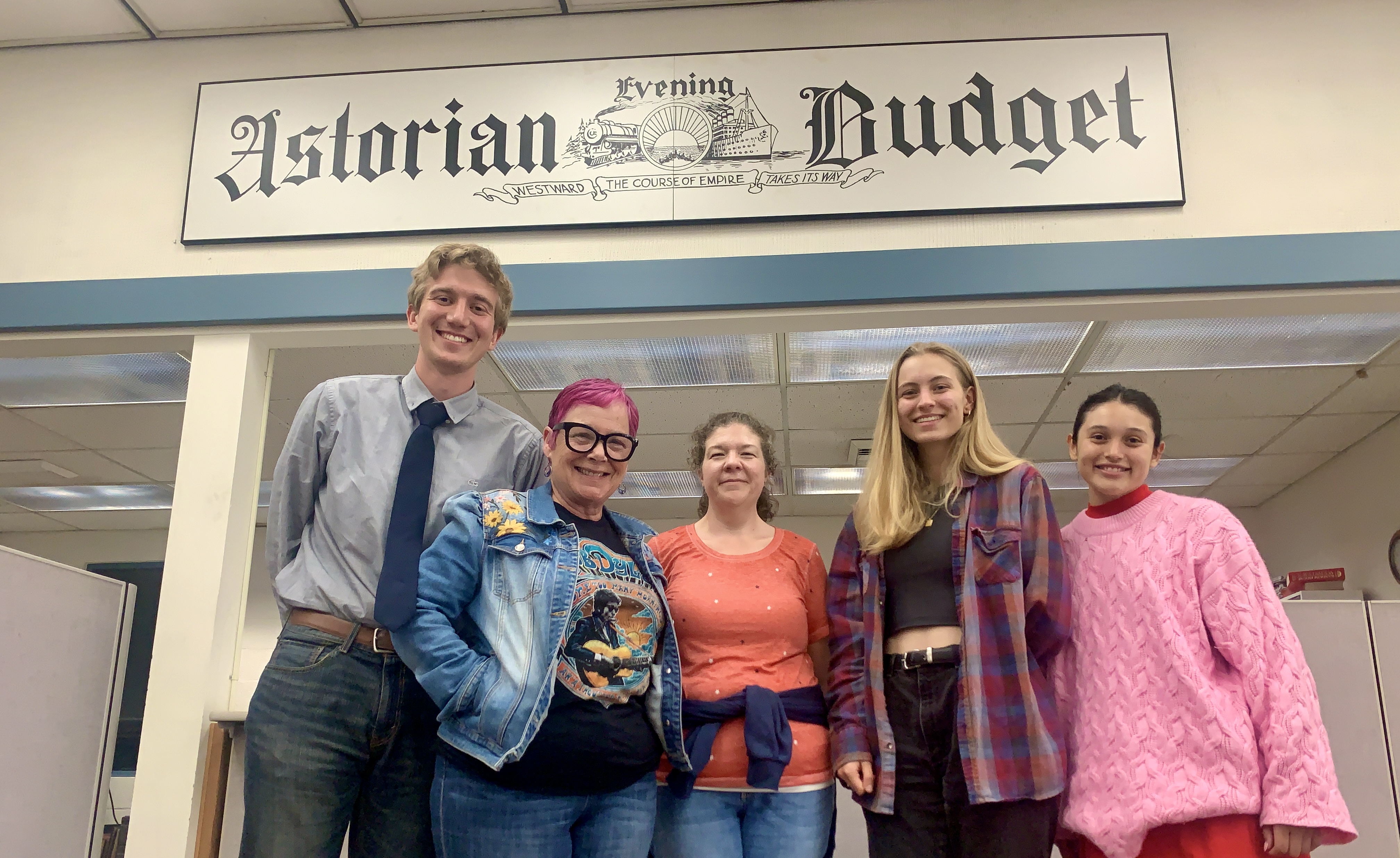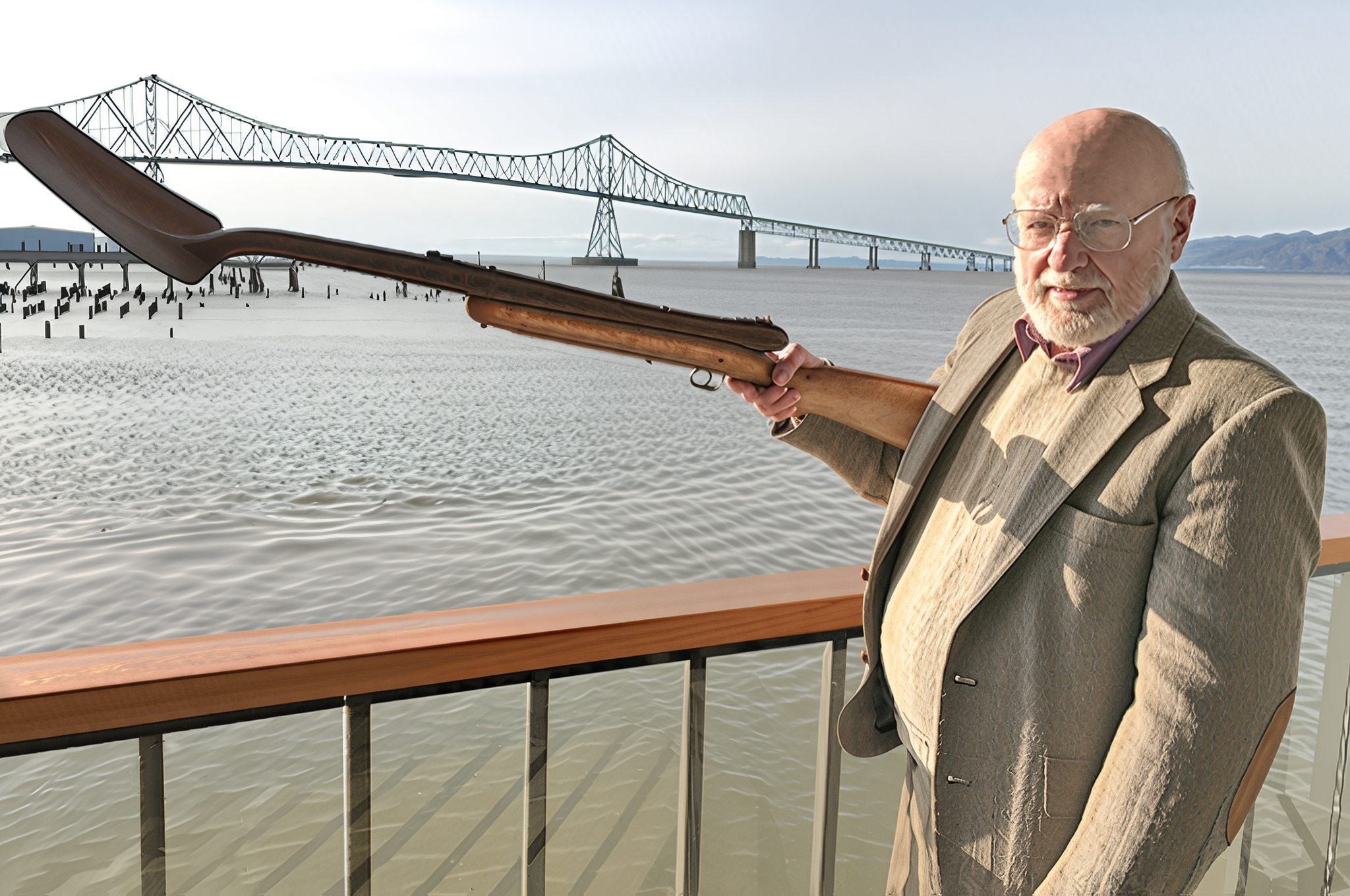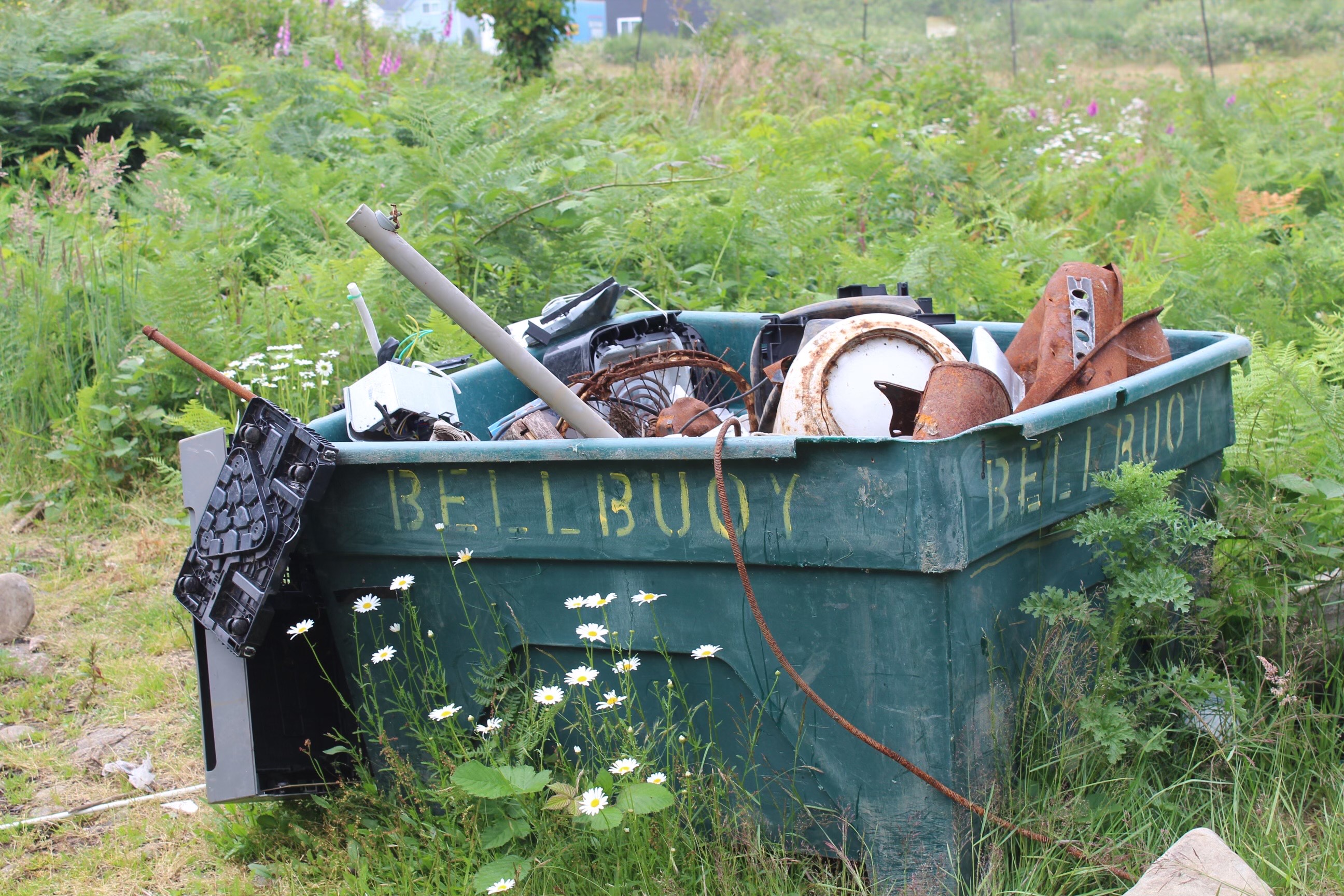Kim Tews, owner, Curly Tail Pet Massage
Published 5:29 am Friday, November 16, 2018

- Animals will give off stress release signals when they begin to relax.”Yawning is a big one,” Tews said.
When did you officially start your mobile animal massage business?
“In August 2016, I got certified and registered my business. I first got certified in general maintenance massage, then a year later in rehabilitation massage, which is good for pets that have had surgery or are in more compromised positions.”
Where did you get certified?
“There’s a school in Vashon Island (Washington) called Northwest School of Animal Massage. They teach small-animal massage for pets and large-animal massage for equine and cattle.”
How did you become aware of pet massage, and what inspired you to go into the field?
“I’ve always been trying to make my life animal centric. I volunteer a lot with Pacific Pug Rescue and one of the fundraisers they had was with Heal Massage Northwest, who held a pet massage class. I talked with them afterward they directed me to Northwest School of Animal Massage.”
What did the training at the animal massage school entail?
“The training is about six months. There are online courses covering animal behavior, basic biology, dog heath and CPR followed by a week-long practicum at the main location in Vashon Island or a Humane Society in Portland, from 8 a.m. to 5 p.m. for five days a week.”
What’s the biggest difference between massage for pets and people?
“The biggest difference is you can’t ask them things, you have to work your session around them. Some pets are less tolerant and beginning sessions are usually much shorter.”
How do you determine if a dog is enjoying a massage session?
“You can see a lot in their body language changes. When things are working there are stress release signals, yawning is a big one. You watch their change in breathing and, like a human, they will relax and get into it. Some will fall asleep by the time it’s over.”
How long are sessions typically?
“Dogs normally tap out around 45 minutes to an hour. Horses will go longer and cats are shorter. I will start as low as 15 minutes to try to get them used to what I’m doing, especially if there is a problem area. We work on the good stuff and try to get to the bad stuff, but we don’t want to end on a bad note.”
When would you recommend someone seek your services?
“It’s a really good alternative for pain management for dogs, maybe you have a dog who isn’t moving like they used to. Older dogs are my main clientele for geriatric maintenance and general health; owners want to make their dogs comfortable for as long as they can. I take notes from each session which may be things to ask your vet. My work is insured by Associated Bodywork and Massage Professionals and done with your vet’s consent.”
What’s the most common misconception about pet massage?
“That it’s like spa day and something only rich people do, but it’s beneficial to your dog’s general health and maintenance.”
How many clients do you have? Is it mostly dogs?
“Yes, I’ve had about two dozen clients so far.”
Does there seem to be a demand?
“There is once people find out about me (ha-ha). The difficult part is finding locals who know about me and are interested in the service.”
As a mobile business, what’s your service area?
“I’m only allowed to work in Oregon at this time because Washington has different laws. I cover the northern Oregon Coast, east as far as Portland and south to Tillamook.”
How much does it cost approximately?
“Typically about a dollar a minute, for 45 minutes to an hour it’s about $50. If it’s far out there there a travel fee of $5 to $10, depending how far. The last Sunday of every month I go to Dogs Allowed (in Cannon Beach) from 11 a.m. to 4 p.m. and do 15-minute sessions for $15.”









